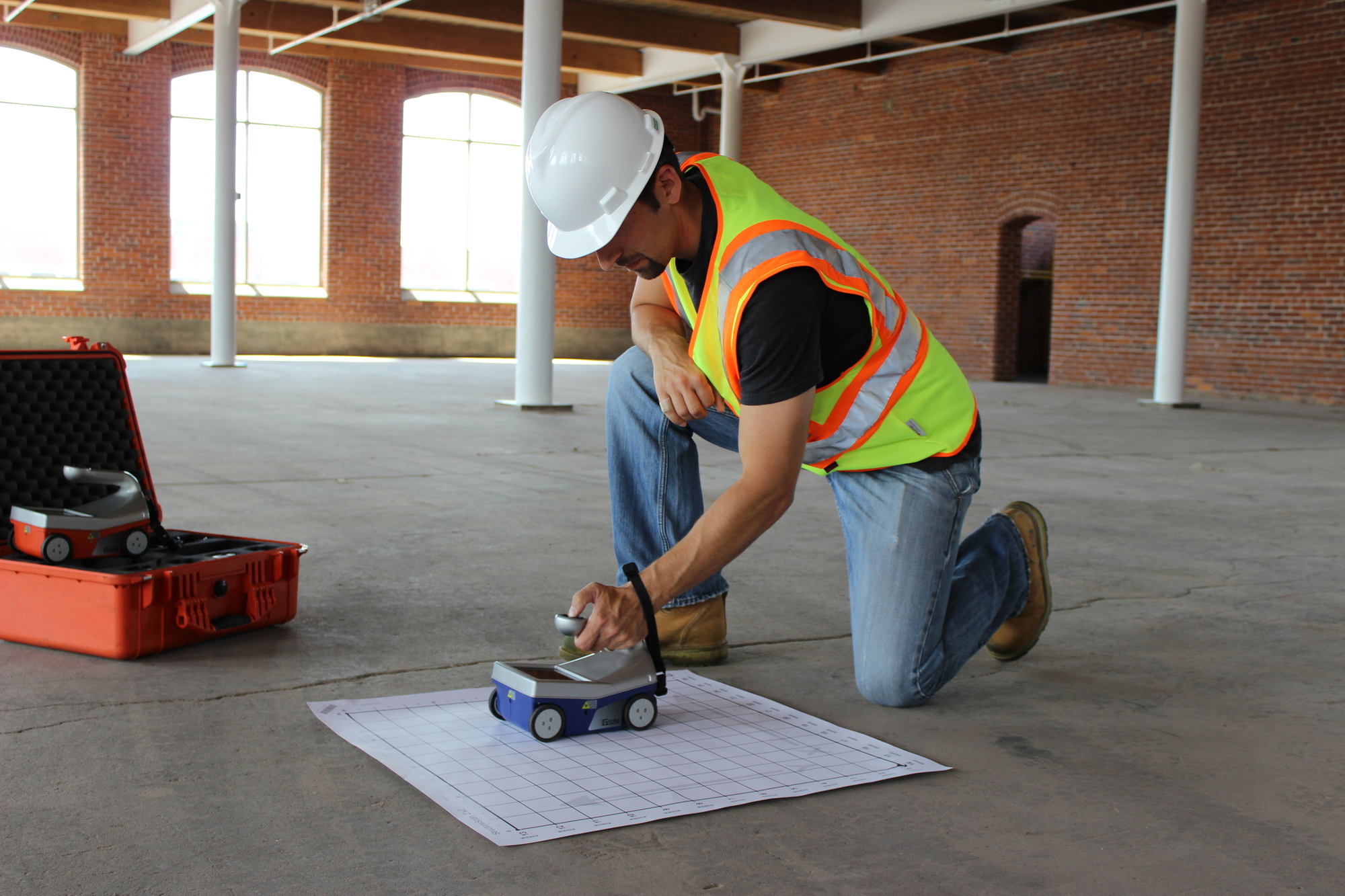Concrete Scanning: An Important Step Towards Making Certain Architectural Stability and Security
In the world of building and construction and facilities maintenance, the importance of concrete scanning can not be overstated. This precise process holds the key to introducing prospective hazards concealed underneath the surface of apparently solid structures. By using innovative innovation and approaches, concrete scanning offers as a critical tool in ensuring that the integrity and safety and security of buildings and bridges are supported to the highest possible standards. However, past its surface-level ramifications, the role of concrete scanning expands much much deeper than satisfies the eye.
Significance of Concrete Scanning
Concrete scanning plays an important duty in ensuring the structural honesty and security of structures and framework jobs. By making use of advanced modern technologies such as ground-penetrating radar (GPR) and electromagnetic induction, specialists can non-destructively check concrete frameworks to discover possible problems, gaps, embedded things, and reinforcement layout. This process enables early discovery of abnormalities that can compromise the stability of a structure, avoiding expensive damages and making sure the security of passengers.
Before drilling, cutting, or coring into concrete, scanning helps identify the precise locations of rebar, post-tension cables, and other ingrained elements, lowering the risk of unexpected hits that could lead to architectural weak points. Additionally, concrete scanning help in quality control by validating the density of concrete covers and finding any type of discrepancies that might affect the total longevity of the structure.
Technology for Concrete Inspection

Benefits of Early Detection
Timely detection of structural problems can considerably alleviate dangers and make certain the long life of building and construction tasks. By identifying potential issues beforehand in the construction process, stakeholders can take proactive measures to address issues before they intensify into larger and much more expensive issues. One of the crucial advantages of very early discovery is the prevention of structural failings, which can position significant security threats and result in task delays and financial losses.
Furthermore, very early discovery permits timely repair work and maintenance, which can aid expand the life expectancy of the structure. By dealing with issues without delay, building teams can stay clear of expensive repair work or even the demand for premature replacement of architectural elements. This proactive strategy not just saves time and money but also enhances the general safety and toughness of the building and construction task.
In addition, early detection can enhance project preparation and decision-making by giving stakeholders with beneficial understandings right into the condition of the framework. Armed with this details, project supervisors can make informed options regarding building materials, timelines, and approaches, bring about more successful and effective task outcomes.
Making Sure Structural Security
Making certain the structural stability of a building and construction task is critical to its security and durability. Concrete scanning plays a critical duty in making sure architectural security by discovering potential concerns such as spaces, delamination, or reinforcement rust that can compromise the integrity of the structure over time.
By utilizing advanced scanning technologies like ground-penetrating radar (GPR) and electro-magnetic induction, building and construction experts can non-invasively examine concrete structures to recognize locations of issue beneath the surface area. This positive method enables the very early discovery of problems or weaknesses, allowing prompt fixings or support to avoid structural failures.
Normal concrete scanning during different building and construction stages and throughout the life process of a framework can aid see this here preserve its stability, mitigate dangers, and ensure the safety and security of passengers. By prioritizing structural security with concrete scanning, building and construction jobs can boost their durability and sturdiness, ultimately adding helpful hints to better security and long life.
Avoiding Crucial Failings
To protect versus devastating occasions, precise monitoring and positive upkeep are imperative in avoiding essential failures within structural structures. Finding prospective concerns before they escalate is vital to avoid structural failings. Executing regular assessments, such as concrete scanning, can reveal hidden problems like gaps, cracks, or corrosion that might endanger the honesty of a framework. By utilizing sophisticated scanning innovations like Ground Passing through Radar (GPR) or Concrete X-ray, engineers can non-destructively evaluate the condition of concrete and determine powerlessness that call for support or repair - RainierGPR Service Areas.

Conclusion
In conclusion, concrete scanning plays an important duty in ensuring structural stability and safety and security by utilizing sophisticated technology for early detection of possible page problems. This aggressive technique aids prevent crucial failures and ensures the security of frameworks. It is vital to prioritize concrete assessment as a common technique to shield the long life and safety and security of structures and facilities.
Concrete scanning plays a vital function in making sure the structural integrity and safety and security of buildings and framework jobs. Additionally, concrete scanning help in high quality control by verifying the density of concrete covers and detecting any kind of inconsistencies that may influence the total toughness of the structure. Concrete scanning plays a crucial role in making certain architectural stability by detecting potential issues such as voids, delamination, or support rust that might endanger the integrity of the framework over time.

In conclusion, concrete scanning plays a critical duty in making certain architectural honesty and security by using advanced modern technology for very early discovery of potential issues.